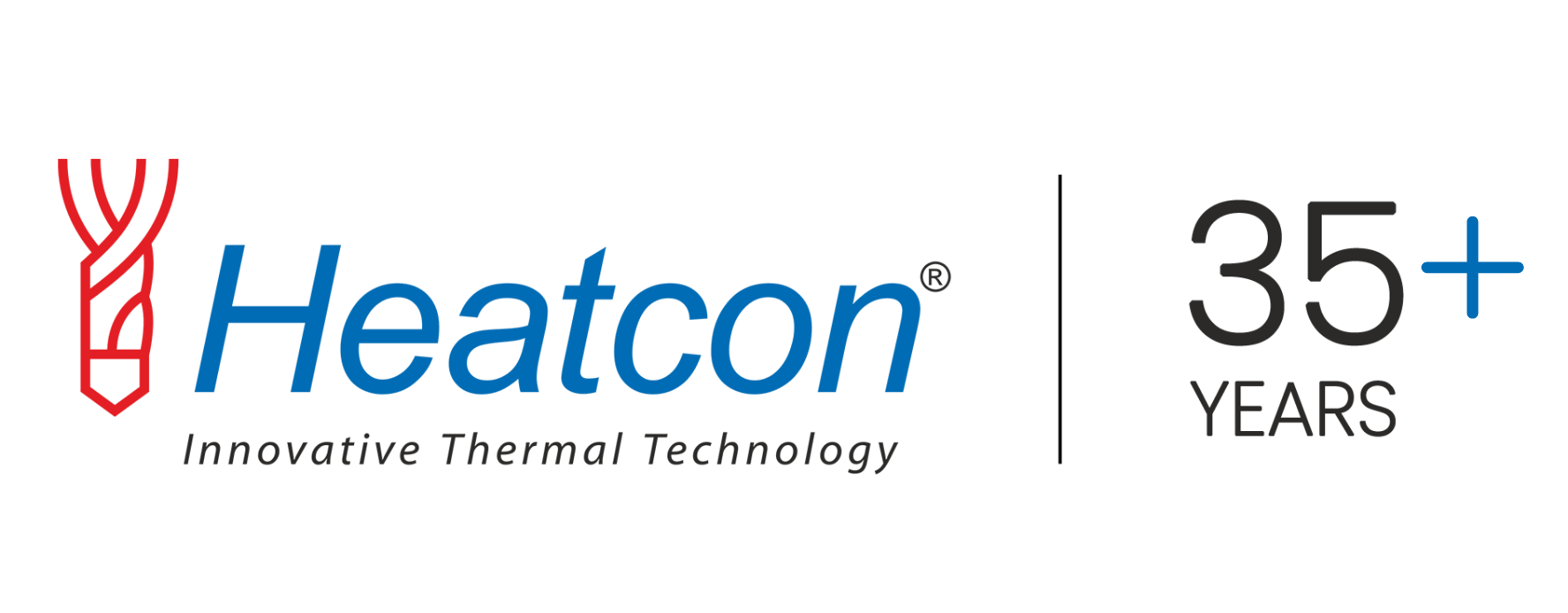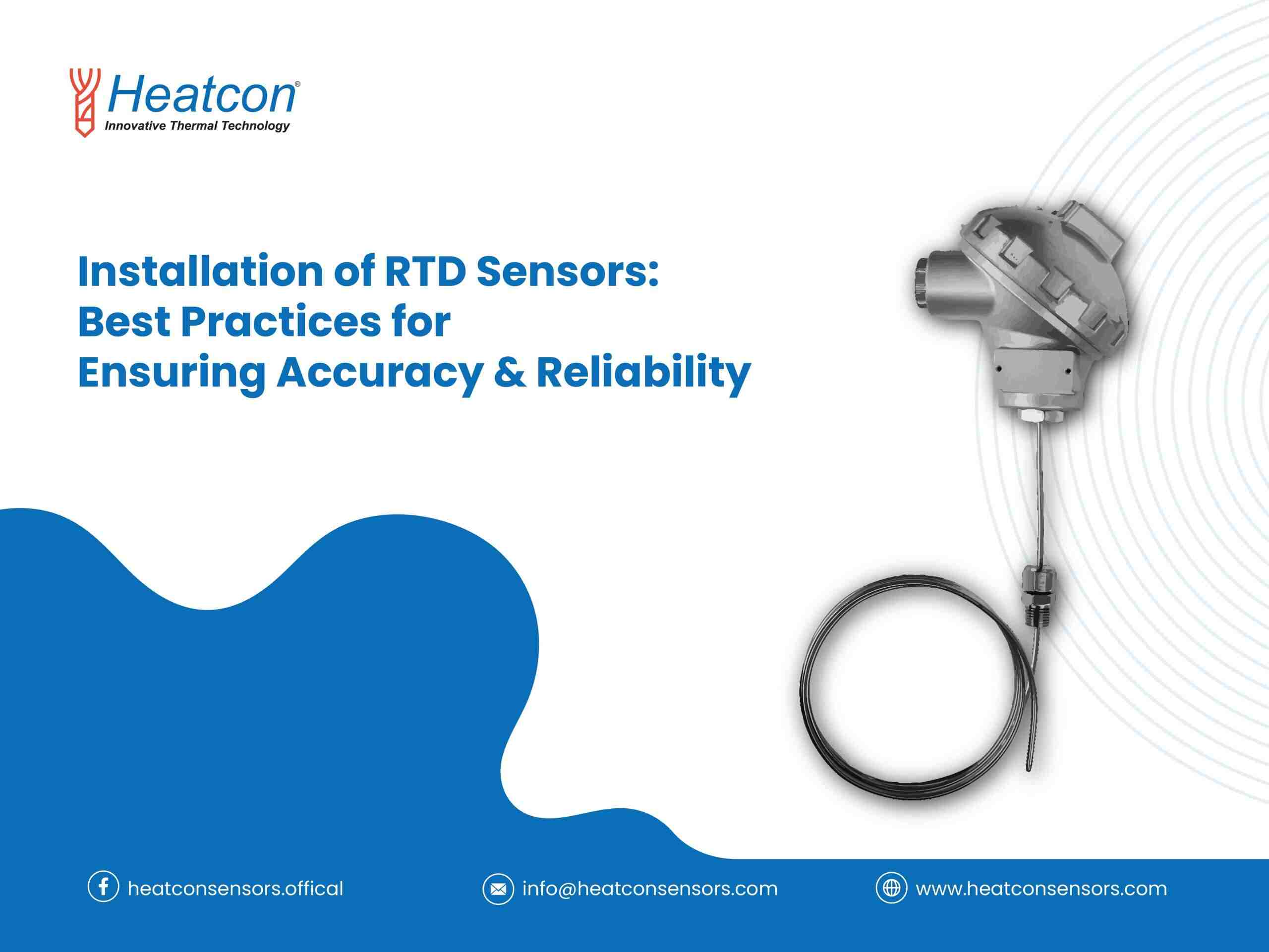Resistance-Temperature-Detector (RTD) sensors happen to be the vital components in a myriad of industries, including manufacturing, aerospace, and automotive. These RTD sensors tend to play a significant role in monitoring & controlling temperatures accurately. However, the accuracy & reliability of RTDs depend heavily on their installation. Let us delve into the best practices for the installation of RTD sensors that will ensure optimal performance & longevity.
- Selecting Proper Location: Choosing an ideal location for installing these sensors holds paramount importance. These RTD sensors must be placed at points wherein the temperature measurements are critical & representative of the overall industrial system. Try avoiding those areas that are prone to mechanical vibrations, extreme temperature fluctuations, or direct sunlight, because these factors can distort readings.
- Adequate Thermal Coupling: You must ensure proper thermal coupling between the sensor and the measured surface/medium. Using suitable thermal coupling compounds/tapes helps in enhancing heat transfer between the sensor and the object that is being monitored. This step is important for accurate temperature readings, particularly in applications wherein rapid temperature changes occur.
- Right Mounting Orientation: RTD sensors’ mounting orientation can considerably affect their performance. Installing sensors in a manner that allows them to respond effectively to temperature changes certainly helps. For instance, in liquid or gaseous applications, positioning of the sensor probe vertically ensures proper fluid contact and effective heat transfer.
- Secure Wiring & Connections: Proper wiring & connections tends to be quite essential for reliable performance of these RTD sensors. Utilising high-quality, shielded cables to minimize electromagnetic interference (EMI) ensures accurate signal transmission. Securing all connections tightly helps to prevent signal degradation/interruptions that may happen due to vibrations or other environmental factors.
- Calibration & Verification: Calibrating RTD sensors regularly is needed so as to maintain accuracy & consistency in temperature measurements. Following manufacturer guidelines or industry standards for calibration procedures holds prime importance. Moreover, verifying sensor accuracy after installation and periodically thereafter proves helpful in detecting any drift/deviations from expected values.
- Considering Environmental Factors: Considering environmental factors that may affect sensor performance is crucial. Factors like dust, humidity, and chemical exposure etc., can highly impact sensor accuracy & longevity. Implementing suitable protective measures, including weatherproof enclosures or chemical-resistant coatings, is useful for safeguarding these RTDs from adverse environmental conditions.
- Compliance with Benchmarked Standards: Adhere to relevant industry standards & regulations while installing these sensors. Standards such as ASTM E2877 for industrial installations of RTD sensors provide guidelines for proper sensor placement, calibration procedures, and wiring practices. Compliance with these standards tends to ensure consistency, compatibility, and reliability across varied systems & applications.
Proper installation of an RTD sensors happens to be a crucial step for achieving accurate & reliable temperature measurements. By following the aforementioned best practices like selecting suitable locations, ensuring thermal coupling, and maintaining proper wiring & calibration, businesses can optimize their sensor performance and amplify overall system efficiency. Investing time & resources in meticulous installation procedures ultimately leads to improved product quality, better process control, and increased operational safety across various industrial sectors. You can fetch the best product(s) from Heatcon Sensors.


